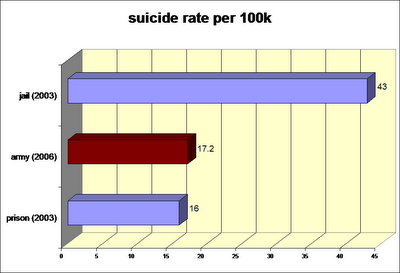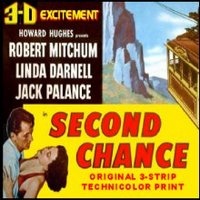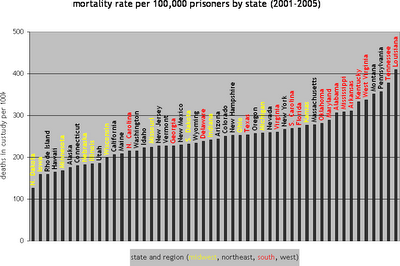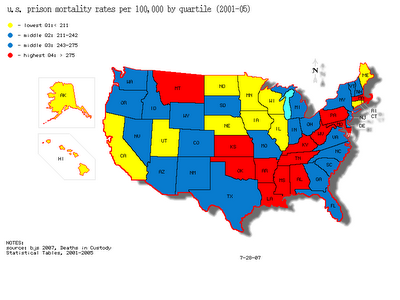 sure, imprisoning innocent people is not “ideal,” but isn’t the greater tragedy that we’re finding out about it?
sure, imprisoning innocent people is not “ideal,” but isn’t the greater tragedy that we’re finding out about it?
– stephen colbert
-
they served an average of 12.5 years in prison
-
88 percent were convicted of sexual assault and 28 percent were convicted of murder
-
77 percent were convicted, at least in part, on eyewitness identification
-
62 percent were african american
-
60 percent had spent at least a third of their life in prison or on parole when exonerated
-
45 percent have been compensated financially for their wrongful convictions
-
and, in a classic catch-22, many were denied parole because they refused to accept responsibility for crimes they did not commit
for related resources, you might check out the project’s youtube page for some good first-person accounts and the center on wrongful convictions at northwestern law.
*the exoneration total has now climbed to 205.









